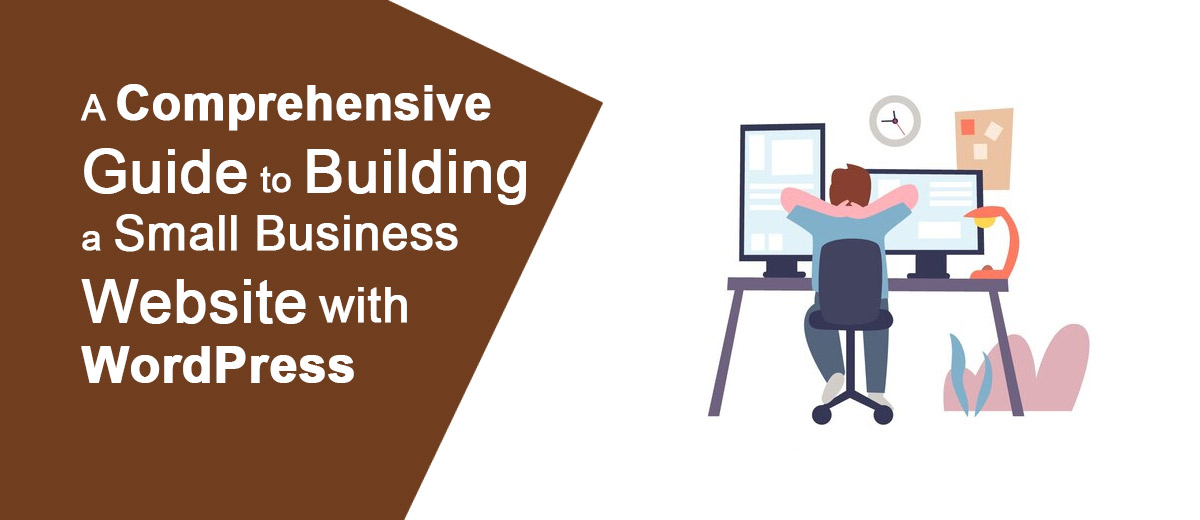Step 1: Define Your Website’s Purpose and Audience
Before you start building your website, clearly define its purpose and identify your target audience. Understanding your goals and audience will guide your design choices and content creation.
Step 2: Purchase a Domain Name and Hosting
Choose a unique and memorable domain name that reflects your business. Purchase a domain from a registrar like GoDaddy or Namecheap. Next, select a reliable hosting provider; popular choices include Bluehost, SiteGround, or HostGator.
Step 3: Install WordPress
Most hosting providers offer a simple one-click installation for WordPress. Follow the instructions provided by your hosting provider to install WordPress on your domain.
Step 4: Choose a WordPress Theme
Select a WordPress theme that suits your business and aligns with your brand. You can find free themes within the WordPress Theme Directory or explore premium themes on websites like ThemeForest. Install and activate your chosen theme.
Step 5: Customize Your Theme
Navigate to the WordPress Dashboard, go to “Appearance” > “Customize” to access the theme customization options. Modify settings like colors, fonts, and layout to match your brand. Some themes might have additional customization options.
Step 6: Install Essential Plugins
WordPress plugins enhance your website’s functionality. Install essential plugins such as:
- Yoast SEO for search engine optimization.
- WPForms for creating contact forms.
- UpdraftPlus for backups.
- W3 Total Cache for performance optimization.
Step 7: Create Important Pages
Start by creating essential pages like:
- Home: Introduce your business.
- About Us: Share your company’s story and mission.
- Services/Products: Describe what you offer.
- Contact: Provide contact details and a form.
Step 8: Configure SEO Settings
Optimize your website for search engines using the Yoast SEO plugin. Set up meta titles, descriptions, and sitemaps to improve your website’s visibility on search engines.
Step 9: Set Up Navigation Menus
Organize your website’s navigation menus. Go to “Appearance” > “Menus” and create a menu that includes links to your important pages. Assign this menu to your website’s header or footer.
Step 10: Add Content and Imagery
Craft compelling content for your pages. Use high-quality images that represent your business. Consider hiring a professional photographer or using stock photo websites like Unsplash or Shutterstock.
Step 11: Implement Contact Forms
Create a contact form using the WPForms plugin or any other form builder plugin. Embed the form on your “Contact” page to encourage visitors to reach out.
Step 12: Configure Analytics
Set up Google Analytics to track your website’s performance. Create a Google Analytics account, get your tracking code, and add it to your WordPress site using a plugin or theme settings.
Step 13: Test Your Website
Before launching, thoroughly test your website. Check for broken links, test forms, and ensure your website is responsive on various devices.
Step 14: Launch Your Website
Once you’re satisfied with the design and functionality, it’s time to launch your website. Inform your network and use social media to promote your new online presence.
Step 15: Regularly Update and Maintain
Keep your website secure and up-to-date by regularly updating WordPress, themes, and plugins. Regularly post fresh content, respond to inquiries promptly, and monitor your website’s performance.
By following these steps, you’ll have a functional and visually appealing small business website ready to showcase your products or services.


